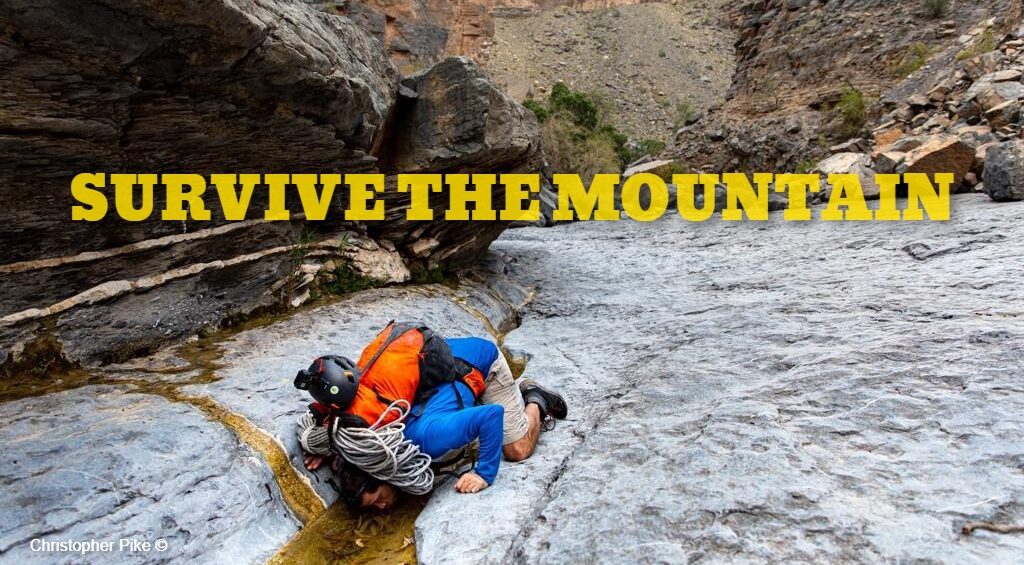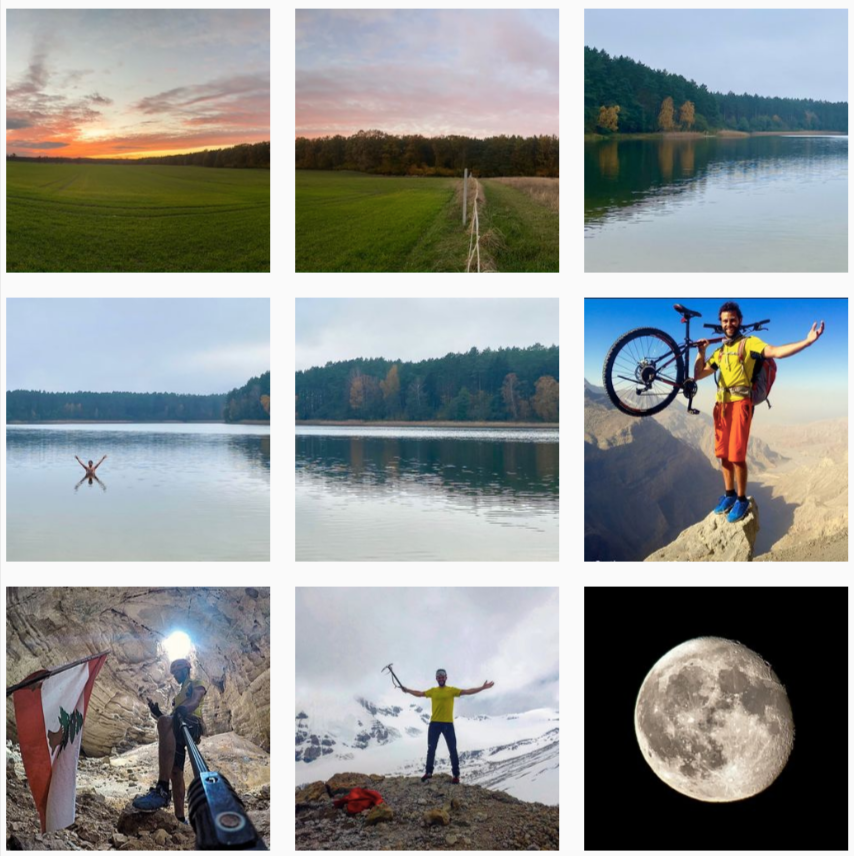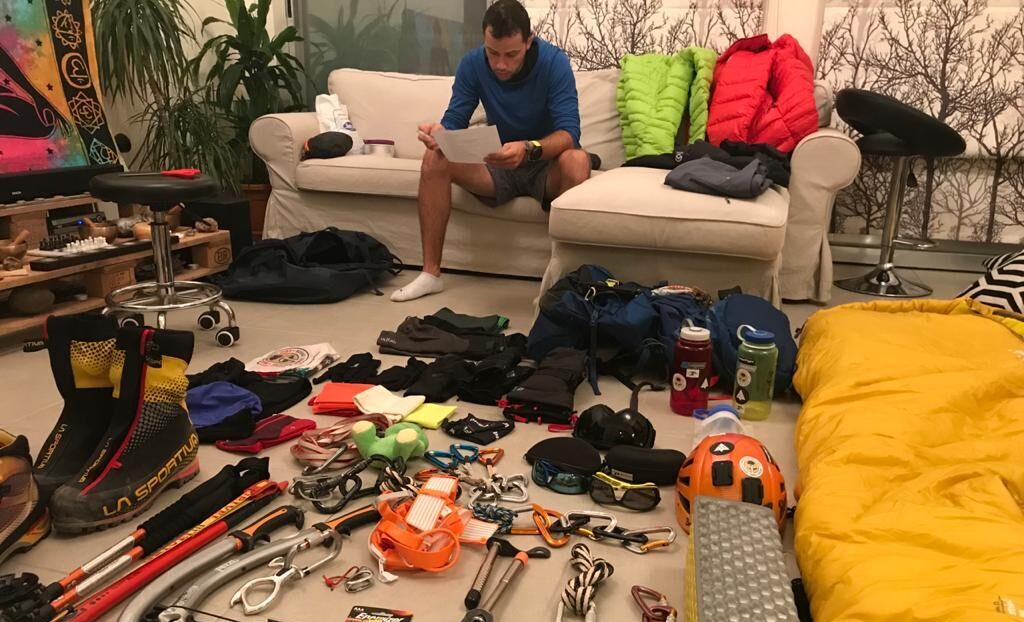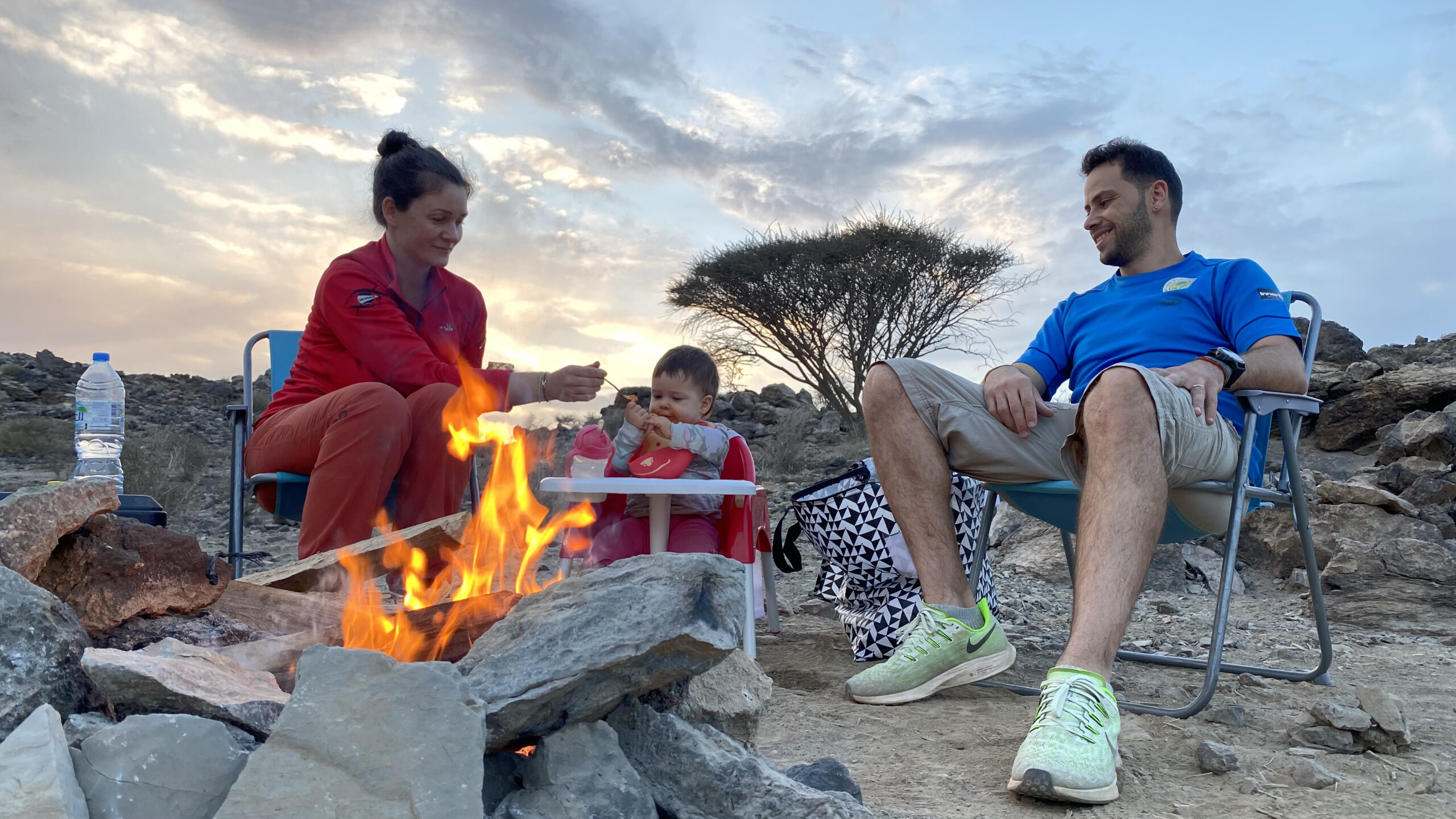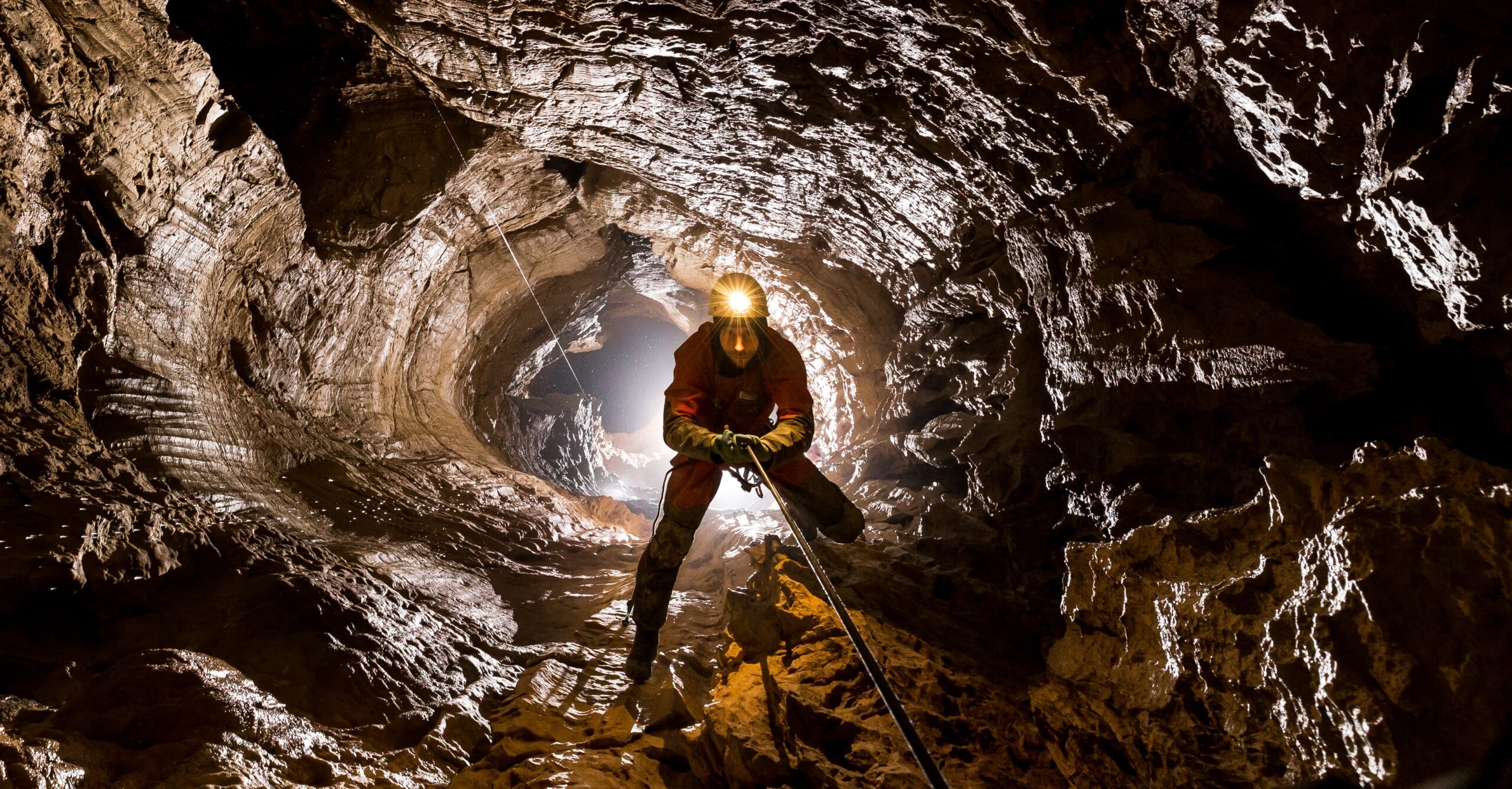Disclaimer: the below are merely tips to help you survive a day-gone-wrong in the mountain. You still need to take extra care when venturing around.
The best way to survive the mountain is of course by staying at home watching Netflix. Do not assume adventures don’t go wrong. In fact, adventures go wrong all the time, but on different levels. Some levels are minors, like some unexpected rain or losing your track. Others are critical like having to spend the night unprepared due to an unexpected storm (all storms are expected though).
Whether you are experienced or a total beginner, dangers, and risks are always out there. Most accidents take place when the experienced tend to loosen their standards, and when the beginners don’t understand the risks. Of course, there are many uncontrollable variables. But with a few survival tricks, you can master the things you can control.
I hope the below 7 essentials help you survive a shit day at the mountain. Or not to be too dramatic, at least make your day-gone-wrong less unpleasant and a funny story to tell in the future.
1. Hypothermia & Hyperthermia:
It goes without saying it is easier to stay warm than to get warm. So how to prepare to survive the mountain when you are at risk of hypo/hyperthermia?
- Always pack extra clothes. if the weather goes sideways and you have a sweaty shirt, you will be very uncomfortable. I always keep a base layer, a lightweight waterproof jacket, and a thermal jacket in my backpack.
- Isolating yourself from the ground when it is cold is important. I once piled up dry grass to create an isolating platform from the ground. So get creative.
- Keep your feet warm. Put your feet inside of your backpack when not moving, especially when you need to spend an unplanned night in the wilderness.
- Finding or building a shelter is crucial (that also applies in hyperthermia conditions). My space blanket is ideal in such situations. When cycling, I take a 3x3m waterproof lightweight tarp that I can configure in many ways to create shelter.
- Emergency blanket: There are many types and grades, avoid the cheap ones and thank me later.
- In addition, your emergency blanket can be a great shade provider. In hot seasons, I keep my “Kufeyah” (Or a sarong) with me that I rig between my hiking polls to create shade when taking a rest.
- As soon as the weather closes in, open your eyes and start scanning for firewood. The smallest branches can keep you warm if used wisely. And do not forget to pack a waterproof lighter. In addition, if you are carrying a mini-stove, use it in your shelter as long as you have good ventilation.
- Sun protection: it applies to the type of clothes you wear as much as the sunscreen you use. UV reflecting clothes are ideal in heat, alongside a good hat protecting your face and neck (that also applies to a sunny day on the snow). And do not forget you can always cool off your head by keeping your hat wet.
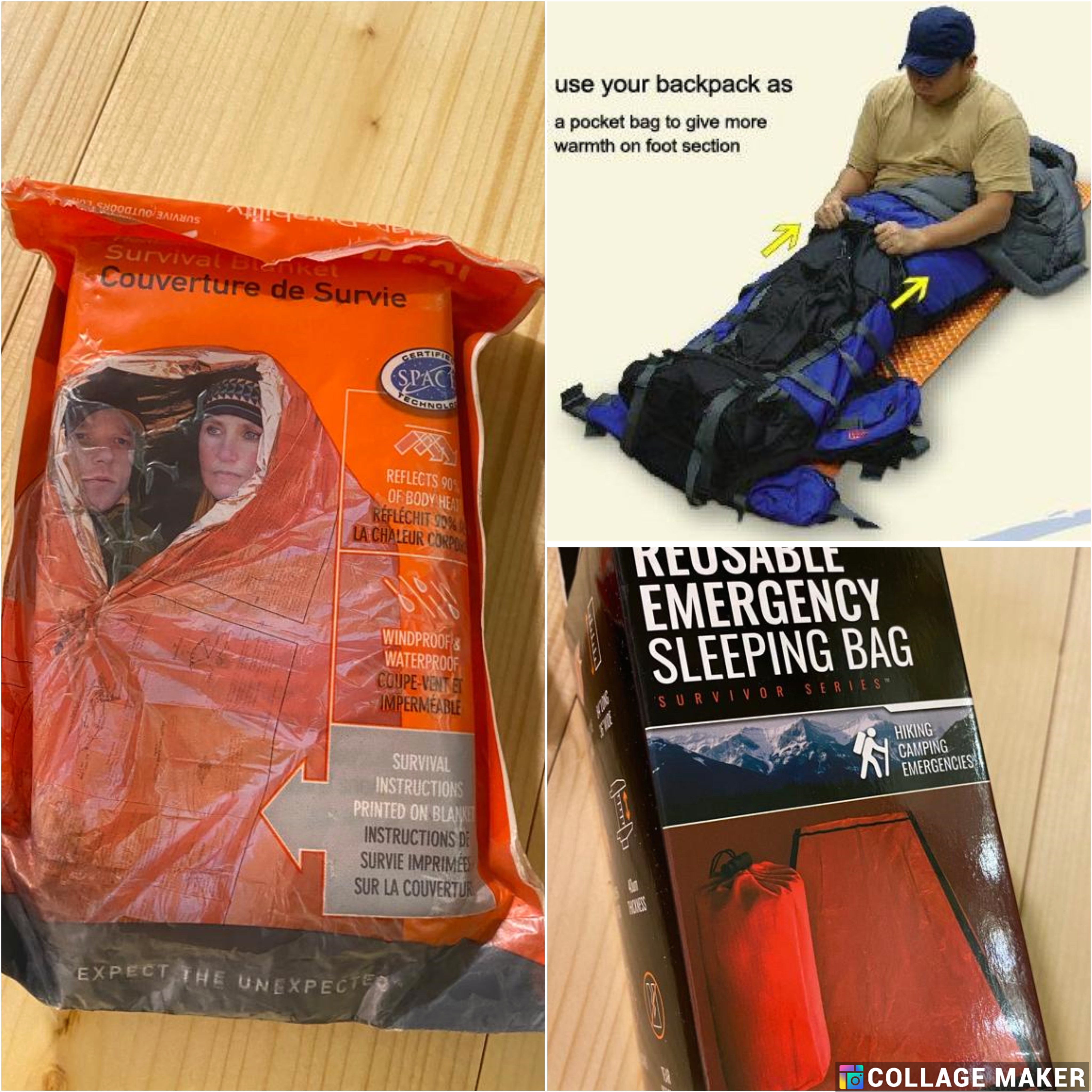
2. Medical care:
- First aid kit. First aid kits change based on the types of trips you are embarking on. So do your research and pack trip-specific items. Items for stopping blood (check out blood tourniquets), pain management, broken bones stabilizer (check out my all favorite sam-splints for this), and personal meds should always be there in your first aid.
- And of course, you can save your life or someone else’s life by taking a Wilderness First Responder Course specific to your region.
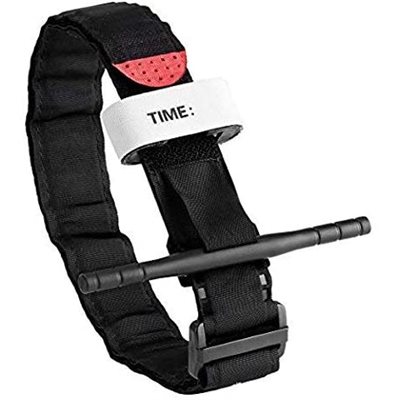
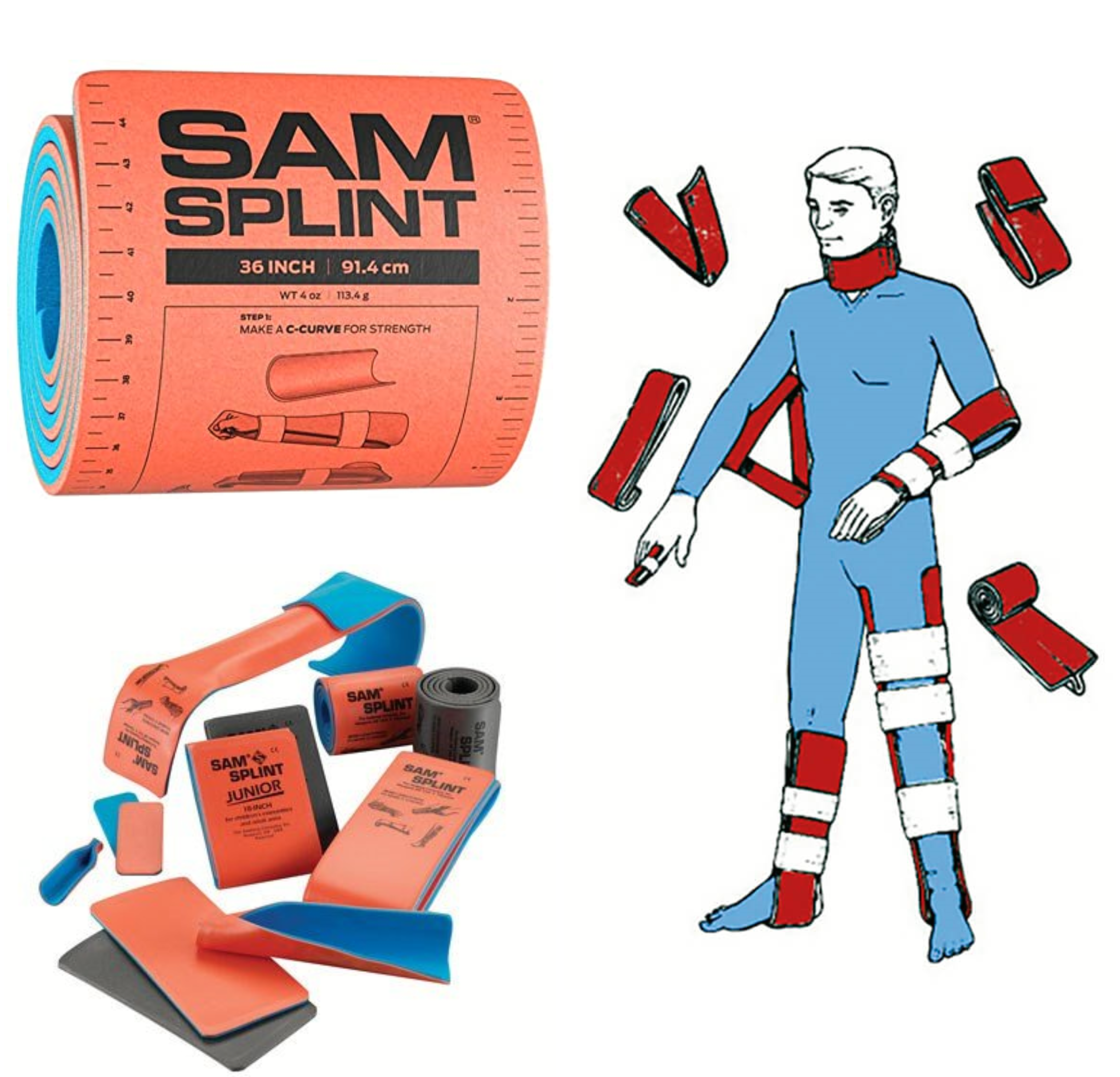
3. Repair kit & tools:
Repair kits and multitools are my favorites as you end up using super-duper cool gadgets for eating tuna from a can, whilst they were designed for specific survival situations. Items like multitools, knives, cords, duct tape, … come in handy in multiple situations.
Cords help you from drying your clothes to pinning down your survival blanket when creating a shelter.
Duct tape has many uses, from sealing a bleeding wound to taping your broken shoes…
Be creative with your multitools and repair kits, but make sure you know how to use them and what they have to offer.
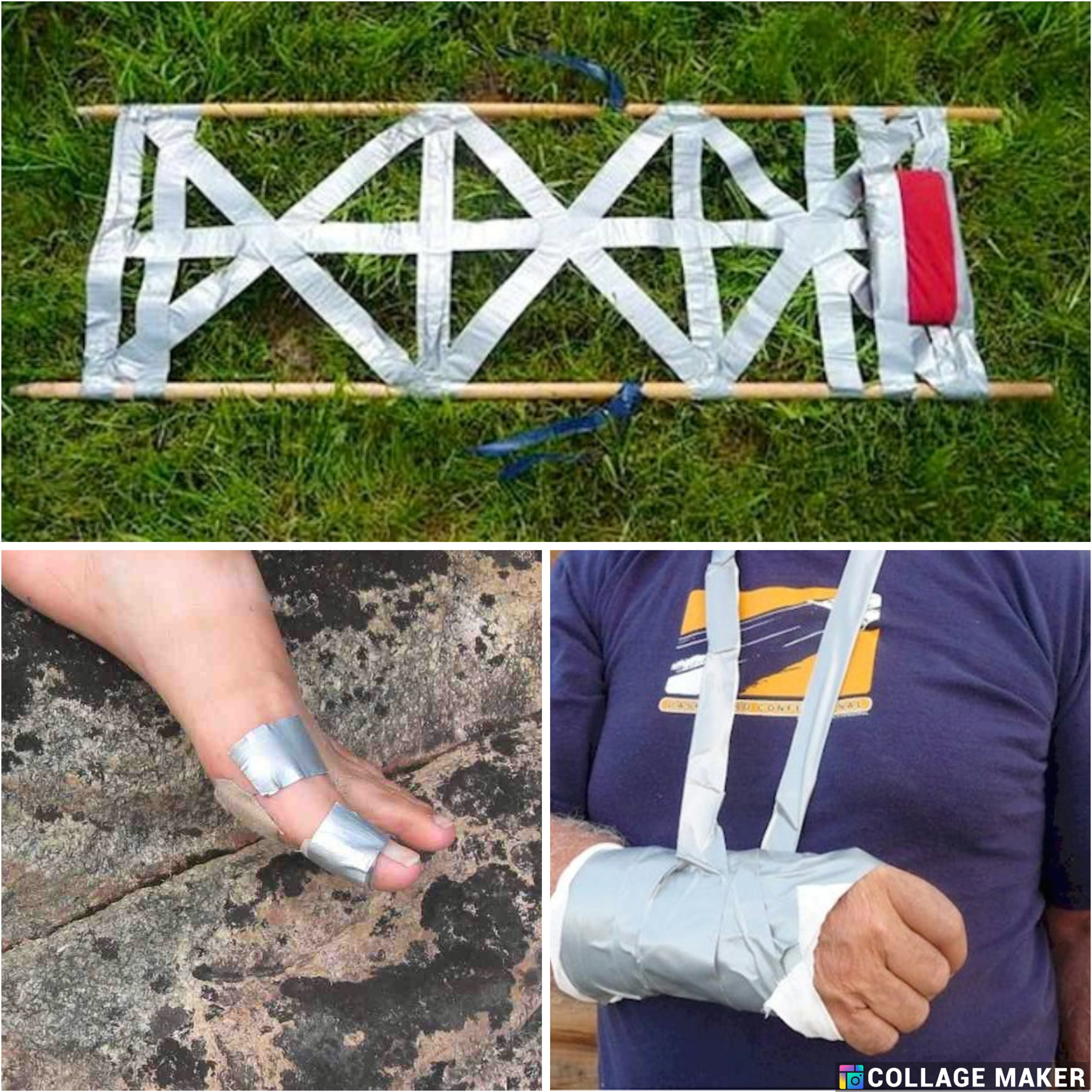

4. Food & hydration:
Always carry extra food and water with you. But also, always eat and hydrate as you go. You do not want to be caught up in an emergency and add to it a starving and dehydrated self.
I tend to always pack 2 bars with high calories for emergencies, water purification tablets, electrolytes, and 1.5 liters of extra water.
5. Navigation:
Navigation is as crucial to survival as any other element. You might have to trace back your last steps, guide a rescue team to an injured friend, or even understand the mountain topo when exploring new routes. One piece of advice, get yourself equipped with the right navigation knowledge, be it by in-depth research of the area or taking navigation courses.
- Digital: with all our technological advancements, navigating the outdoors became a lot easier. Be it using your smartphone, GPS handheld, or even your smartwatch. But knowing how to use them is essential. So, research and practice how to use the device or app you chose. You will be surprised to know how many outdoor enthusiasts lose their path despite using pre-downloaded routes. And do not forget extra batteries.
- Traditional: many times, digital devices fail for a reason or another. Therefore, make it a habit to always scan your surroundings as you go forward. I tend to talk to myself, the people with me, or even the feature itself about a place I find important for navigation. Talking about something makes it easier to remember. This way you always pinpoint landmarks such as turning right after a dead tree, ascending 10 meters after the dry stream, down climbing next to the elephant-looking boulder…
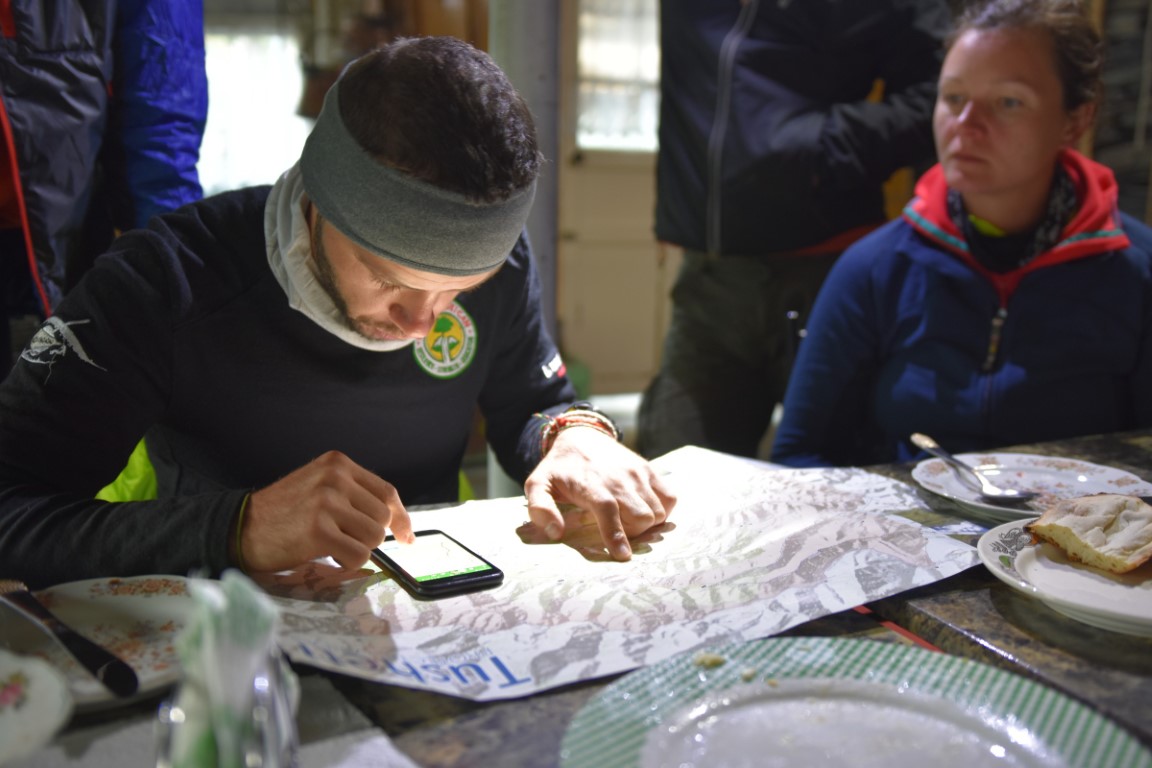
6. Emergency contacts & communication:
Last but not least, communication has a lot to do with how to survive the mountain. I urge you to spend a good time planning this.
Write down your emergency content on a card and leave it at the top of your backpack. Make sure you communicate your trip plan with friends who are not going with you on the trip. Information like location, start and finish time, team members… are very important.
It is also important to know whom to call in case of an emergency. Do you know the local police, rescue team, helicopter phone numbers? Do you even have a reception to call them?
In addition, you need to communicate with the rescue team. So try to be calm as much as possible and give them useful information so they act upon it. Info like: time of the accident, type of accident (broken leg, snake bite, hypothermia, …) location (be as descriptive as possible and share coordinates if possible).
And and and, it is super helpful to give your smartphone’s pin code to someone in the group.
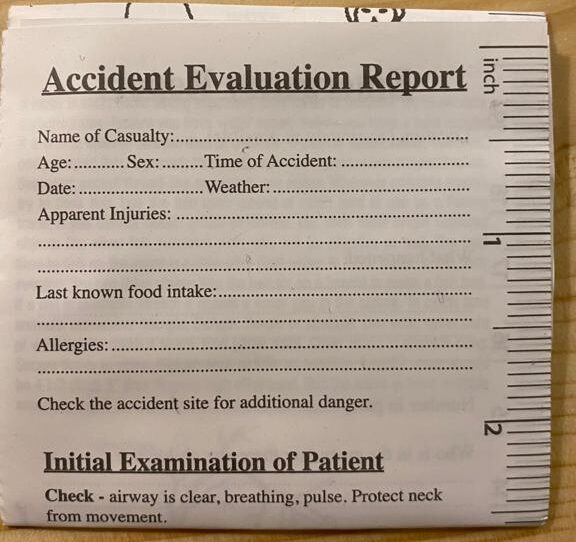
7. How to survive animal attacks:
An additional section to keep it light and fun:
- If a mountain lion follows you, I wish you good luck.
- If you encounter a bear, wrestle it to the ground and twist its nipples.
- If a snake bites you, amputate the bitten limb and feed it to the snake.
- If a shark is circling around you, stare it down while chanting a mantra.
- If an eagle attacks, sacrifice the lightest of your children.
I chose to write about animals the last because I am not an expert on the matter and I believe luck is a major player here. I did however survive a deadly Viper bite.
So the only tangible advice I can give is to wear high ankle shoes, check under every rock you tend to sit on before you do, and do not put your hands in holes (this last one is advice to self)
I would like to hear about your tricks and tips on how to survive in the mountain. And if you have any questions, leave them in the comment section below
